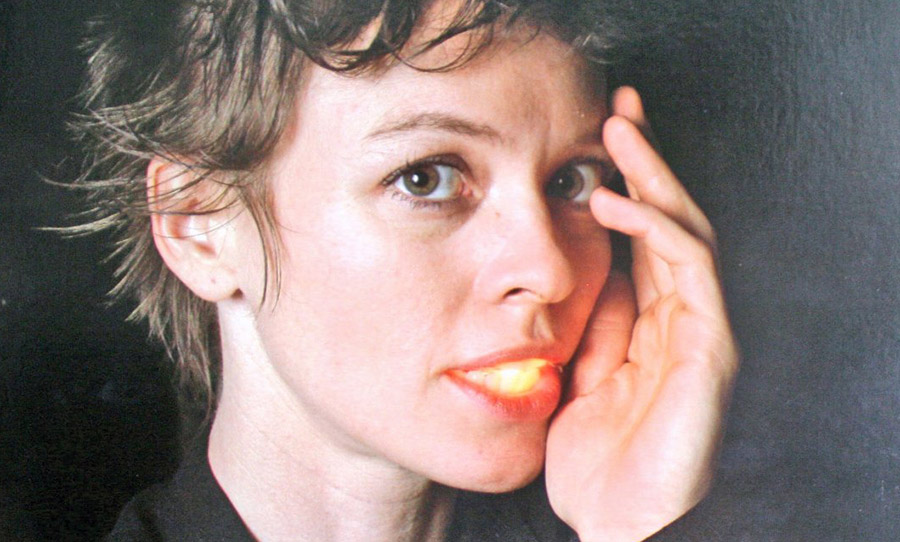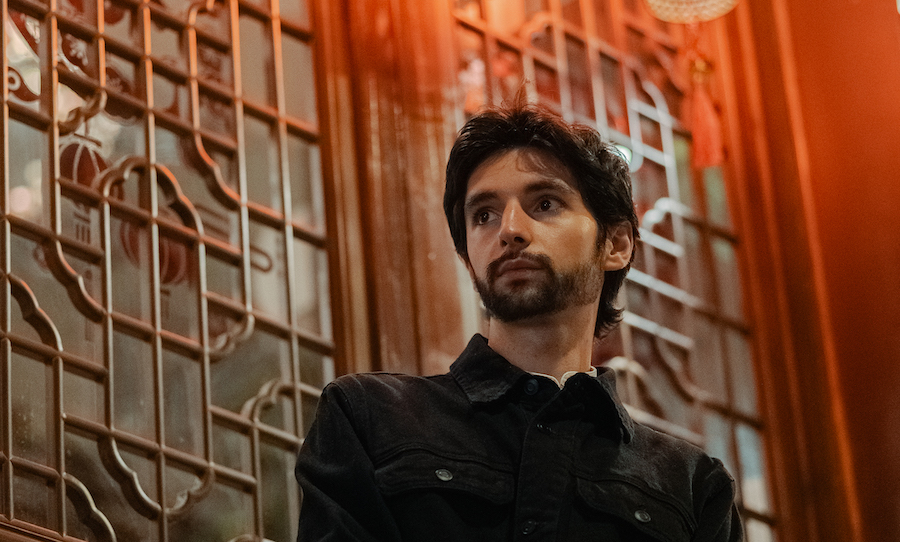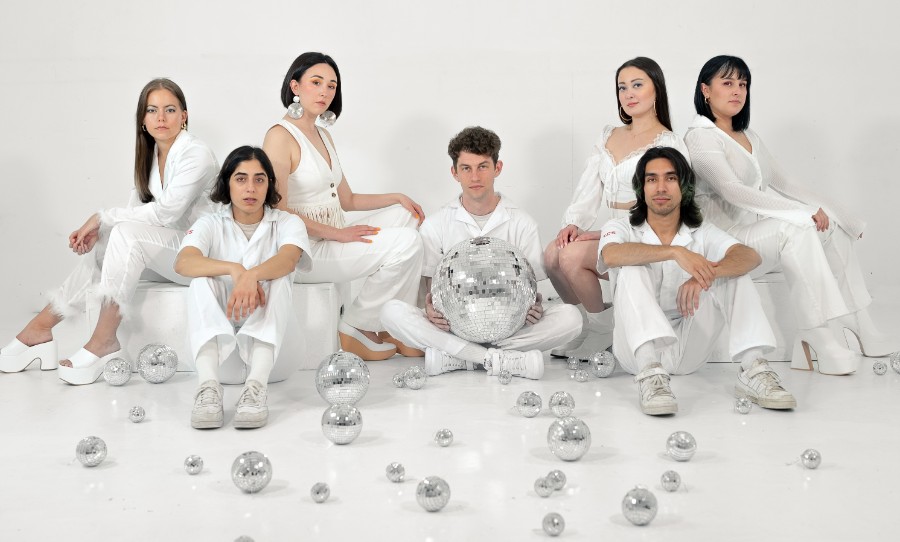With her work over the last half-century, Laurie Anderson has proven herself as one of the great architects of modern performance.
With a love for the avant-garde, Laurie Anderson took the road less travelled when writing and performing, paving the way for the electronic music of today. While she is most recognised for her 1981 hit O Superman, her catalogue of work extends beyond musical performance — to include writing, the invention of several instruments, and shaping the future of performance.
Definitively, Laurie Anderson is an electronic music pioneer, who brought art-pop to the mainstream via instrumentation and a production aesthetic that is now more relevant than ever.

An early start
Anderson’s creative journey began at the age of five when she began learning violin and sculpture. She moved to New York in 1966, and in 1969, she performed her first performance-art composition — a symphony that was played using car horns. This would be the very beginning of her deep dive into the creative unknown.
During the 1970s, Laurie Anderson continued to blur the lines between artistic mediums, further incorporating performance art in her work. The most famous of her works at the time was Duets on Ice, which involved her performing violin along with a backing recording, all while wearing ice skates with their blades frozen in blocks of ice. The performance only ended once the ice had completely melted.
Laurie Anderson continued to make a name for herself in the world of performance art, performing at the Nova Convention in 1978. This was a major conference in this field, and featured the likes of Frank Zappa and William S. Burroughs.
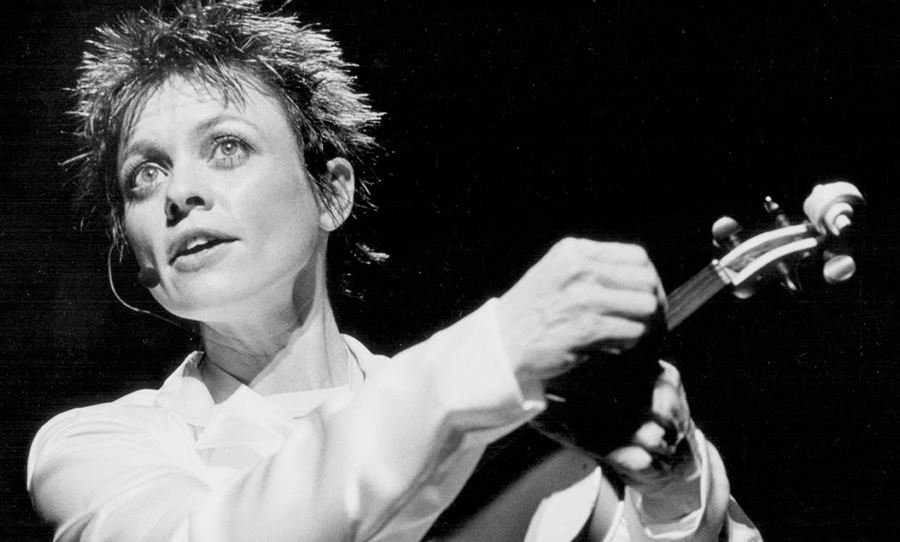
Electronic innovations
By now, Laurie Anderson was becoming known for her distinct ability to create new sounds and imagery via the use of experimental lighting and instruments. In 1977, she developed a customised violin, that made use of magnetic tape on the bow instead of the typical horsehair and used a magnetic tape head in the bridge.
1981 saw the release of Laurie Anderson’s crowning hit, O Superman — a piece of music that truly stood out from anything else on the charts at the time. Making use of rhythmic vocal loops and vocoder harmonies, her use of vocals on the track speaks volumes for today’s musical climate, with a pitch-shifted tone that seems to defy gender — with combined sung and spoken word stylings.
Laurie Anderson’s work often made use of pitch-shifting in her vocals, a technique she referred to as ‘audio drag’. This was used to create the character behind her voice, called ‘The Voice of Authority’.
O Superman peaked at #2 on the UK singles charts, and was included in NME’s 1981 list of the ‘Top 10 Tracks of the Year’. With this release, Laurie Anderson had truly changed the mainstream at a pivotal time for electronic music. Even with its uncompromised experimentation and long 8-minute playtime, O Superman was standing tall alongside tracks such as Tainted Love by Soft Cell and In the Air Tonight by Phil Collins.
In 1992, Laurie Anderson met Lou Reed, and later married him in 2008 (they were together until his death in 2013). She continues to craft and create to this day, the most recent of her works being Chalkroom, a virtual reality experience made alongside Taiwanese artist Hsin-Chien Huang.
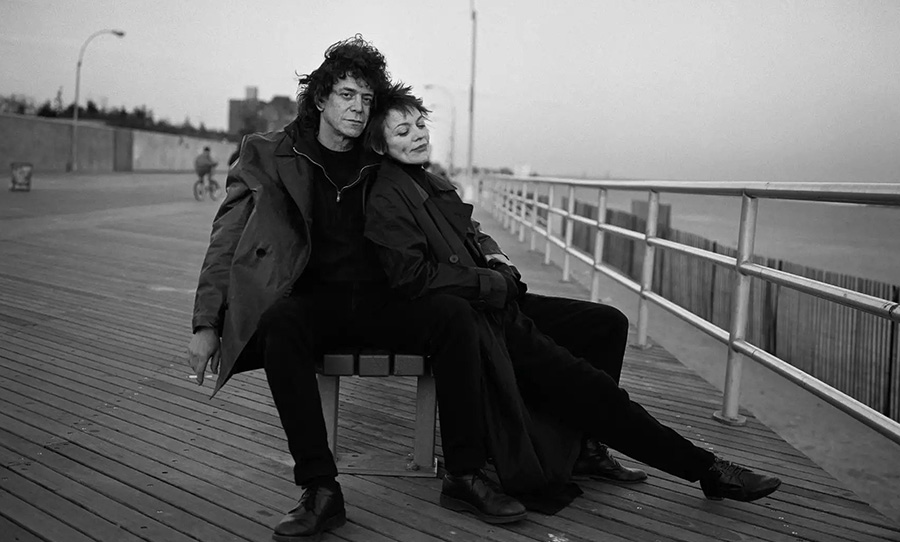
Under the Influence
What Laurie Anderson achieved in her career cannot be understated, introducing concepts that at the time may have seemed otherworldly, but now are standard practice. A pioneering influence in electronic music, her performances and projects have always been grounded in daring concepts. Since O Superman, the creative world has continued to be moulded by her influence.
Dale Eisinger, of New York-based youth culture Magazine Complex, has recognised Laurie Anderson’s album United States as the third greatest piece of performance art of all time:
“[Anderson is] able to ascertain just exactly the climate of life in the United States, without being so punctuated that it causes a standoff. Perhaps the zenith of this configuration was her multimedia performance, ‘United States I – IV.’ […] [Anderson displays] her vast, incisive range of talents on the ‘United States Live’ recordings.”
Scholar John Mowitt recognises Anderson’s work as being crucial in shaping modern culture:
“[her work] participates in those broad cultural transformations that have thoroughly remapped the subjectivity of contemporary spectatorship, undermining the traditional structures of aesthetic identification”.
Artists from all creative avenues have cited Laurie Anderson as a major influence, including St. Vincent, performance artist Robert LePage and David Bowie, who performed a cover of O Superman during his 1997 Earthling tour.
It’s not often that one individual has such an effect on the entire creative world. At the intersection of performance, innovation, and the avant-garde, lies Laurie Anderson. Who knows where she’ll steer this ship next?
